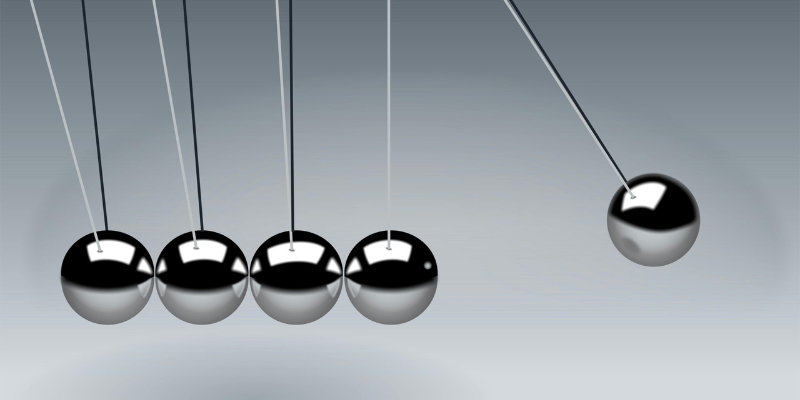
Kinetic Pathways in the Supramolecular Polymerisation of Multidomain Polymer-Peptide Conjugates and Printable Hydrogels
Prof. Dr. Pol Besenius, Johannes Gutenberg University Mainz
Spatial and temporal control are critical properties to advance and optimize functional macromolecular materials in order to mimic key features of living systems. In my contribution, I will first discuss our methodology in developing non-equilibrium states for thermoresponsive supramolecular polymers and hydrogels. I will focus on peptide supramolecular amphiphiles using peptide-polymer conjugates or functionalized metallo-amphiphile scaffolds.[1-3] By varying experimental conditions, sample preparation protocols or the use various external stimuli the supramolecular polymerization is biased and controlled with respect to the morphology of the resulting structures. Charge regulated ß–sheet self-assembly of alternating hydrophilic and hydrophobic amino acids is used in order to couple pH-stimuli to redox-switchable properties. We have studied the pathway complexity in these supramolecular systems involving the occurrence of metastable and kinetically trapped states, which are key in manipulating assembly protocols in view of preparing materials systems integrating mechanical, optical or biological function.4 The design of kinetically controlled systems has the potential to produce variable structures from the same starting material, expanding on the possibilities and applications of purely thermodynamically controlled supramolecular polymerisations. In the second part I present our methodology to prepare supramolecular networks which show fast stress relaxation combined with a second physical network that can be transformed into a chemical network by applying an external photo-trigger. The interpenetrating network shows improved shape fidelity and supports cell proliferation to allow successful applications as bio-inks and printable cell-laden materials.[5]
Additional Details
Seminar Room -
